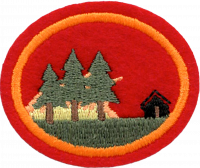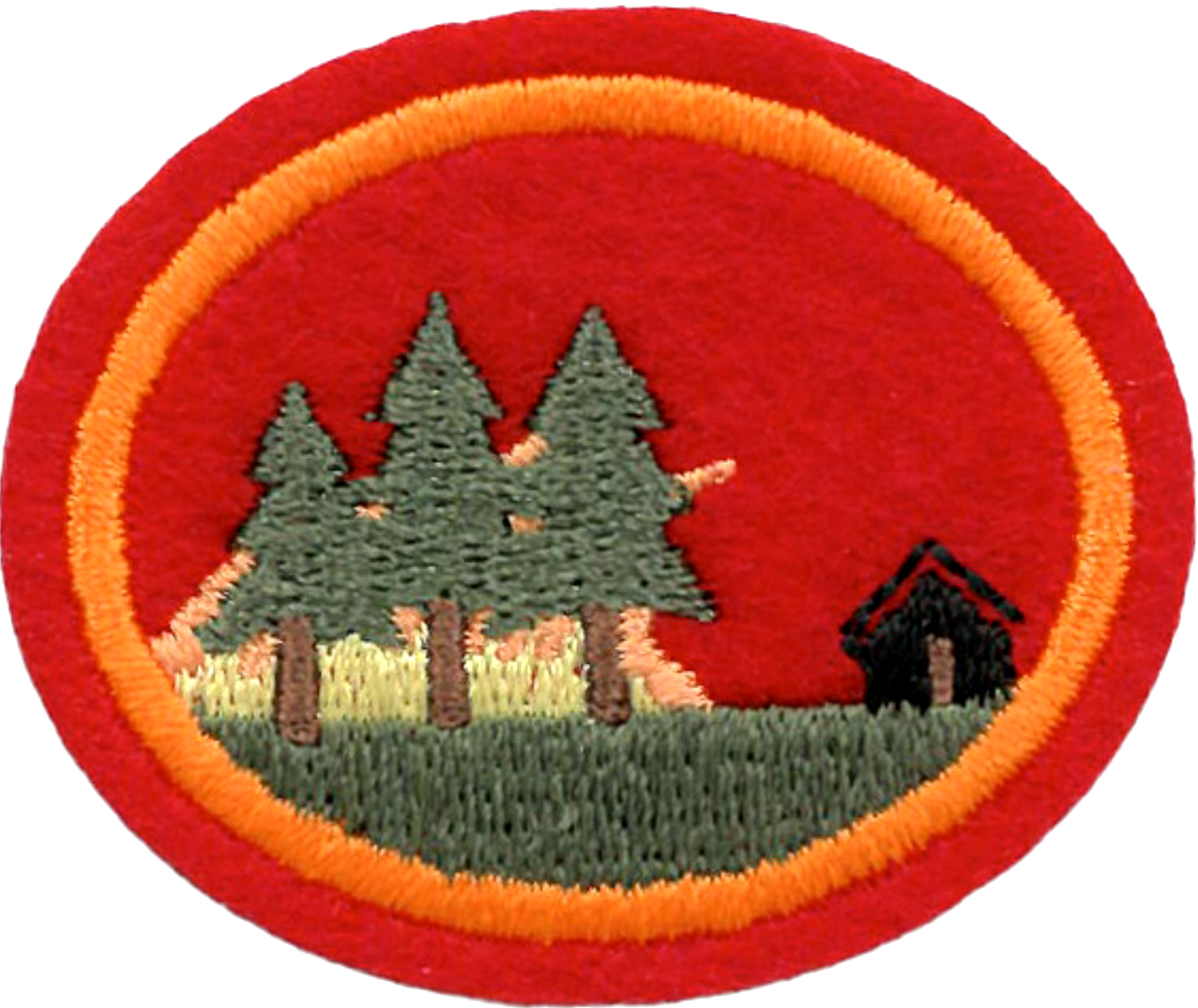Difference between revisions of "AY Honors/Wildfire Preparation and Prevention/Requirements/es"
(Created page with "</noinclude>En un dibujo o una foto aérea, etiquetar las siguientes partes de un incendio forestal: <noinclude>") |
(Created page with "</noinclude>Punto de origen <noinclude>") |
||
| Line 15: | Line 15: | ||
<noinclude></noinclude><section end=req4 /></b> | <noinclude></noinclude><section end=req4 /></b> | ||
| − | :<b>a. <section begin=req4a /><noinclude> | + | :<b>a. <section begin=req4a /><noinclude></noinclude>Punto de origen |
| − | </noinclude> | + | <noinclude></noinclude><section end=req4a /></b> |
| − | <noinclude | ||
| − | |||
:<b>b. <section begin=req4b /><noinclude><div lang="en" dir="ltr" class="mw-content-ltr"> | :<b>b. <section begin=req4b /><noinclude><div lang="en" dir="ltr" class="mw-content-ltr"> | ||
Revision as of 18:52, 22 May 2025
Nivel de destreza
2
Año
2025
Version
24.12.2025
Autoridad de aprobación
División Norteamericana
1. ¿Por qué es importante la concienciación y la prevención de incendios forestales? ¿Cómo han cambiado las tendencias de incendios forestales a lo largo de los años en su área?
2. ¿Cómo afectan los incendios forestales a los seres humanos, la propiedad y el medio ambiente, y cómo afecta el manejo seguro del fuego al riesgo de incendios forestales?
3. Describir la diferencia entre un incendio incontrolado y un incendio forestal. Nombrar y describir los siguientes tipos de incendios forestales: suelo, superficie y copa.
4. En un dibujo o una foto aérea, etiquetar las siguientes partes de un incendio forestal:
- a. Punto de origen
- b.
Head
- c.
Heel
- d.
Finger
- e.
Pocket or Bay
- f.
Island
- g.
Left Flank
- h.
Origin
- i.
Head
- j.
Heel
- k.
Finger
- l.
Pocket or Bay
5.
How fast can wildfire move? How can weather and topography affect this? With your instructor, demonstrate the “stack” or “chimney effect” and how this helps wildfires spread.
6.
Name the agency and number to call to report a wildfire in your area.
7.
Demonstrate five ways that humans can cause wildfires and a way to prevent each. List the most common ways wildfires can start naturally.
8.
Explain the following terms as they relate to wildfires, and why they are important to consider when studying wildfire prevention:
- a.
Fire point
- b.
Evapotranspiration
- c.
Wildfire front
- d.
Heat transfer
- e.
Torching
- f.
Hot engines
- g.
Spot fires
- h.
Fire break
- i.
Containment
- j.
Weather
- k.
Fire Triangle / Tetrahedron
9.
Discuss how each of the following can aid in preventing wildfires:
- a.
Controlled burns
- b.
Forest management
- c.
Site preparation
- d.
Community awareness
10.
Research a particular wildfire and discuss the measures that could have been taken beforehand to minimize the damage or to prevent the fire from starting altogether.
11.
List five ways you can help to prevent or minimize the damage from wildfire.
12.
Describe the steps that can be taken to prepare a home or building to withstand wildfire, and the types of materials that would be used in a new home to make it wildfire resistant. How can an older home be renovated to be wildfire resistant?
13.
Prepare a list of items you should gather in case an evacuation becomes necessary due to wildfire.
14.
On a map of a home, draw ways to prepare a home site to be resistant to wildfires.
15.
Do one of the following:
- a.
Plan or participate in a community awareness campaign to encourage wildfire prevention in and around the community.
- b.
Participate in a local forest or wildland preparation project to minimize or prevent wildfires.
- c.
Speak to a wildland firefighter or official and ask about his role in wildfire prevention. Ask them about the most important thing you can do to prevent wildfires.
- d.
With a group, prepare three existing homes or buildings to be wildfire resistant.
16.
Discover a spiritual application using what you’ve learned in this honor and share it in a short devotional to a group.


